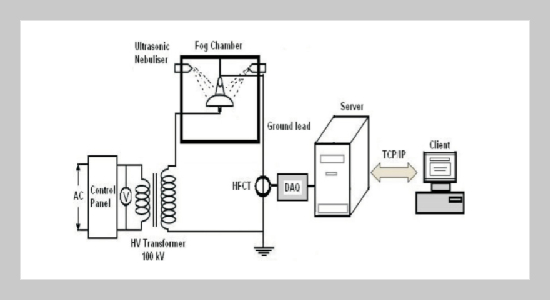K. Karpagavani This email address is being protected from spambots. You need JavaScript enabled to view it.1 and A. Kumaravel2 1Department of Sciences, Sona College of Technology, Salem-636005, Tamilnadu, India
2Department of Mechanical Engineering, K.S. Rangasamy College of Technology, Tiruchengode-637215, Tamilnadu, India
Received:
March 2, 2012
Accepted:
October 29, 2012
Publication Date:
March 1, 2013
Download Citation:
||https://doi.org/10.6180/jase.2013.16.1.11
Flashover of power transmission line due to polluted insulators leads to failure of equipments, catastrophic fires and power outages. This paper deals with the development of pollution severity diagnostic system of power transmission line insulators based on the fuzzy data mining approach. In this work, laboratory based experiments were carried out on power transmission line porcelain insulators under AC voltages at different pollution conditions and corresponding leakage current patterns were monitored. Variation of important features of leakage current such as leakage current magnitude, total harmonic distortion and third harmonic content at different pollution levels were analyzed. Fuzzy C-means algorithm is used to cluster the extracted features of the leakage current data. Test results clearly shows that the fuzzy clustering technique can effectively realize the surface pollution condition of the power transmission line insulators and can be useful to carry out preventive maintenance work.ABSTRACT
Keywords:
Insulator, Power Systems, Leakage Current, FFT, THD, Fuzzy C-Means
REFERENCES
















